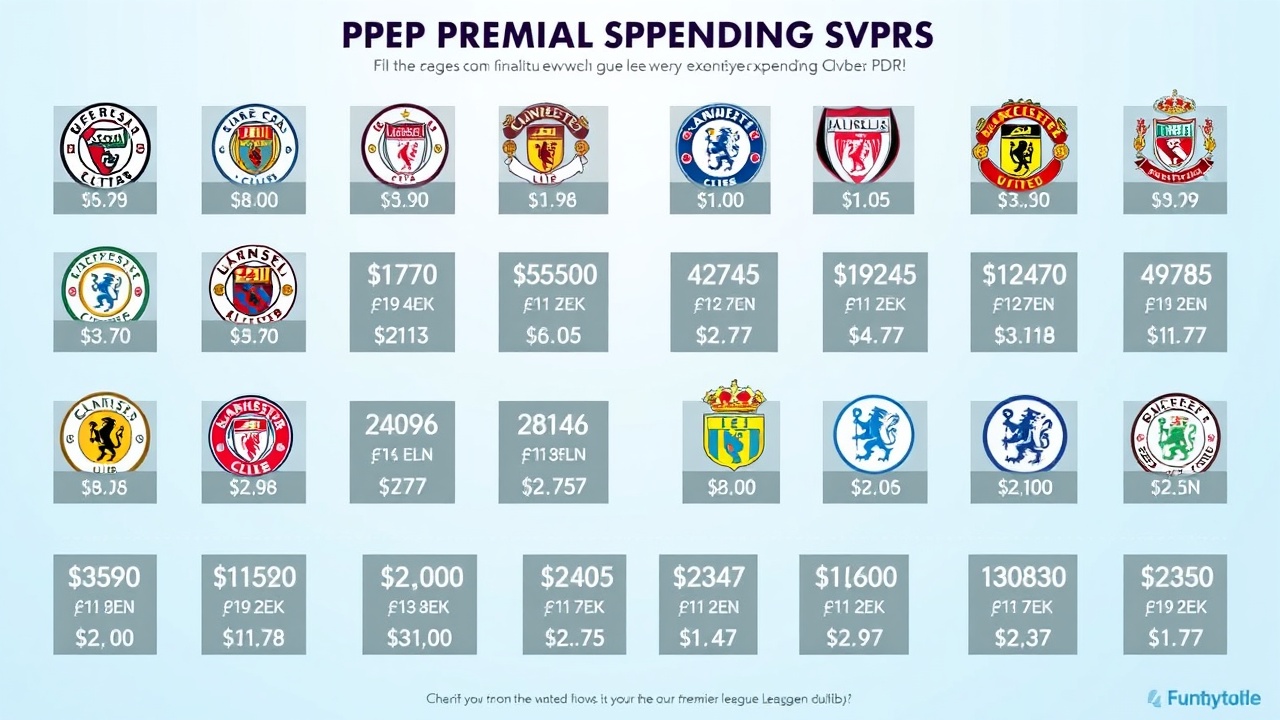Premier League Season Overview
As the Premier League gears up for the upcoming season, stadiums are set to welcome fans once more. Interest in match attendance remains strong, with many clubs maintaining lengthy waiting lists for season tickets and enjoying healthy broadcast revenue. However, for dedicated fans, the rising costs associated with attending games are proving to be a significant concern.
Ticket Price Increases
The surge in season ticket prices since the return of play post-Covid has left many supporters dismayed. In a shift from the norm, this season sees seven clubs opting to maintain ticket prices stable for their home fixtures, a reprieve for the regular matchgoer. Nevertheless, the majority of teams, excluding Crystal Palace, hiked their prices last year.
Watching football live is becoming an increasingly costly pastime. Nine clubs have their most expensive season tickets exceeding £1,000, with several others closely approaching that figure. Previously, clubs expressed empathy for fans amidst the rising cost of living, even as they raised prices. This year, however, fans are confronted with the justification that rising national insurance costs have necessitated further price adjustments.
Season Ticket Policies
Owning a season ticket grants entry to 19 home matches throughout the season, typically providing better value than buying tickets for individual games, which are also experiencing price hikes. Ten teams have instituted some type of policy requiring a minimum number of games to be attended, or the ticket to be resold or transferred if not used. Notably, West Ham monitors attendance but has no strict policies like many other clubs.
Ticket Pricing Disparities
Across the league, ticket pricing varies dramatically. Fulham offers the highest season ticket price at £3,084, while clubs like Arsenal (£1,726), Chelsea (£1,095), and Tottenham (£2,223) all impose significant costs on fans. Some clubs have premium seating options that, while pricier, promise better access and overall experience. Junior tickets often have steep costs too, with Fulham charging £2,570 for juniors in premium sections, leaving less affluent fans to question affordability.
In a positive note, clubs like Burnley and Brentford have opted not to increase ticket prices, with Burnley keeping their most costly season ticket at an accessible £525. Newly promoted Sunderland’s top adult ticket price is set at £780, yet they’ve also raised renewal prices around 9.5%. Conversely, Everton has seen the highest percentage increase in ticket costs by 21%, attributed to their relocation to a new stadium.
Junior Ticket Pricing
Pricing for junior tickets has not seen as much consistency, with some clubs freezing prices for younger fans in select seating areas. Bournemouth stands out with its lowly priced junior tickets starting at £80, while many teams continue to impose strict seating limitations for kids to ensure family-friendly environments.
Revenue Generation Disparities
Significant disparities in revenue generation from ticket sales exist across the league. Arsenal benefits the most with ticket sales constituting over 21% of their total income, while clubs like Bournemouth see ticket sales only generating about 4% of their turnover. This stark difference highlights the financial reliance many teams have on broadcasting deals, often accounting for up to 70% of revenue.
Minimum Attendance Policies
A concerning trend for fans is the emerging policy of minimum attendance requirements tied to season ticket ownership. Such mandates are seen as a way for clubs to boost revenue while attempting to ensure fans show up for games. Clubs like Manchester City have insisted on attendance for a minimum of 10 matches while supporting policies that vary greatly amongst different teams.
Digital Ticketing Shift
In an overarching effort to adapt to a new digital landscape, seasons tickets are increasingly being sold in digital formats, with a Premier League mandate stating that by the 2026-27 season 70% of tickets must be distributed digitally. This shift aims to combat ticket touting and better monitor attendance, although not all fans are comfortable with it, especially those with accessibility issues.
Conclusion
As the road ahead shapes up, the balancing act between affordability for fans and the clubs’ desire to maximize revenue will be pivotal. While minimal pricing changes are evident, the implementation of attendance requirements raises questions about the future of fan engagement in this passionate sport.




